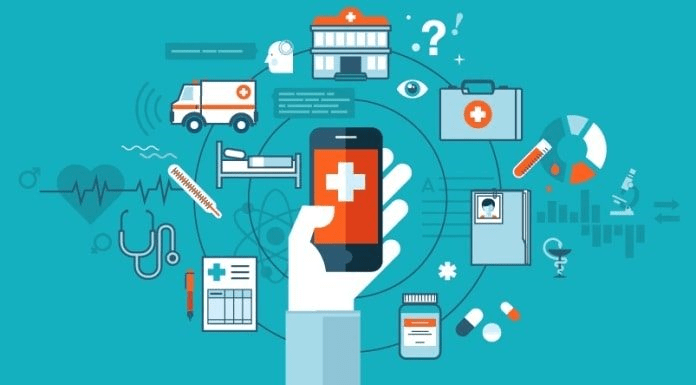
The Digital Doctor is In: AI and Telemedicine Redefine Healthcare
The healthcare industry is undergoing a seismic shift fueled by artificial intelligence (AI) and telemedicine.

While the healthcare industry has historically been immune to change, COVID-19 certainly stimulated innovation in a few key areas, which will extend into the new calendar year.
One is interoperability and uniformity across medical records. To date, sharing and revising medical records between all of your doctors and healthcare providers has been almost impossible because they all operate independently, and the data subsists in silos. The COVID-19 pandemic has provided a bright example of the need to access and share records digitally across the providers.
Another is remotely controlled care for patients with chronic conditions. Current care-delivery platforms and in-home care for chronically ill people can implement community-based, physician-led care to patients with complex health problems and multiple, specific chronic illnesses. Through distributed, home-based medical and behavioral care, social support services will extend patients urgent care visits, 24/7 routine visits, and post-discharge home visits to guarantee a safe transition from the hospital or skilled nursing beginning to their place of residence. As a result of COVID, patients are watching for these types of options.
The final innovation is passage to resources for preventive and holistic care. Online and in-person programs to assist patients’ general well-being, preventive care, and disease withdrawal are necessary. Leveraging the power of your lifestyle and blending it with research and technology will enable people to take full command of their health journey. Healthcare costs rise, implementing tools to stop or reverse diseases that could be expensive for patients, and the system is a win-win.
Omkar Kulkarni, chief innovation officer at Children’s Hospital Los Angeles, announces 2021 will be a year of realignment in digital health. As provider systems connect to the next normal, they will find that consumer preferences for availability, experience, and cost are even stronger than before the pandemic. This will drive health systems to place on digital tools to bridge rifts in their care delivery models. Health systems will look to virtual care contributions as differentiators in their competitive markets, especially when linked with remote monitoring and digital therapeutic offerings that can accommodate wraparound virtual services. Finally, digital connectivity will be remembered as a social determinant of health, and health systems will start to partner with internet service providers to bridge the digital divide for their most exposed populations.
COVID-19 management and learnings will control healthcare in 2021 as they did in 2020. Among them will be restructuring and optimizing supply chains. There will be expanded intelligence and AI in nearly every supply chain category. Another major theme in 2021, partly inspired by COVID-19, will be the increased use of digital to shrink lengths, drive growth and enhance care overall — such as the increase of remote monitoring/assessment and online scheduling — and all of it combined with the EHR.
The disparities that COVID-19 increased will receive redoubled efforts and significant new drives. On the business end, providers will use more micro-targeting in their marketing as Google and others become ever more obvious in healthcare. Also, expect to see active alliance begin in the digital health sector.

The healthcare industry is undergoing a seismic shift fueled by artificial intelligence (AI) and telemedicine.

The healthcare and pharmaceutical sectors are navigating a transformative period, with technological advancements reshaping patient care, operational efficiencies, and strategic growth.

In the world of business, financial wizards wave their wands to conjure profits and success. But behind every great money magician …

Insurtech is not just making waves in the insurance industry—it’s rewriting the rulebook. As technology-driven startups disrupt …